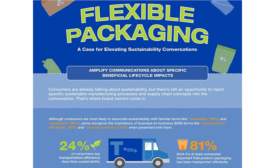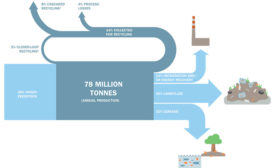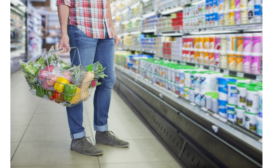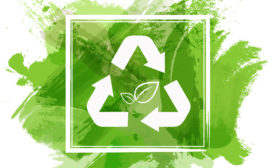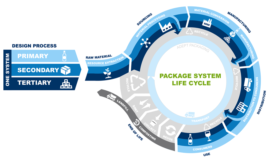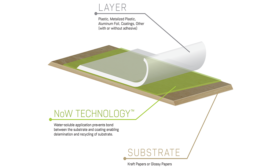Home » sustainable practices
Articles Tagged with ''sustainable practices''
Cover Story: Household packaging
The green side of household packaging
Sustainability still speaks to consumers
November 9, 2017
Materials Technology: Plastic Packaging
Addressing the plastic recycling issue
What innovators can do to help fix the plastics system.
September 19, 2017
Sustainable packaging
Winning customer loyalty through sustainable packaging
September 8, 2017
Sustainability initiatives continue to advance
Bolstered by consumer preference and inherent cost savings.
January 27, 2017
Sustainable Forestry Initiative Column
Why SFI is the label to choose for your packaging
December 15, 2016
Keep the info flowing with our eNewsletters!
Get the latest industry updates tailored your way.
JOIN TODAY!Copyright ©2025. All Rights Reserved BNP Media.
Design, CMS, Hosting & Web Development :: ePublishing

